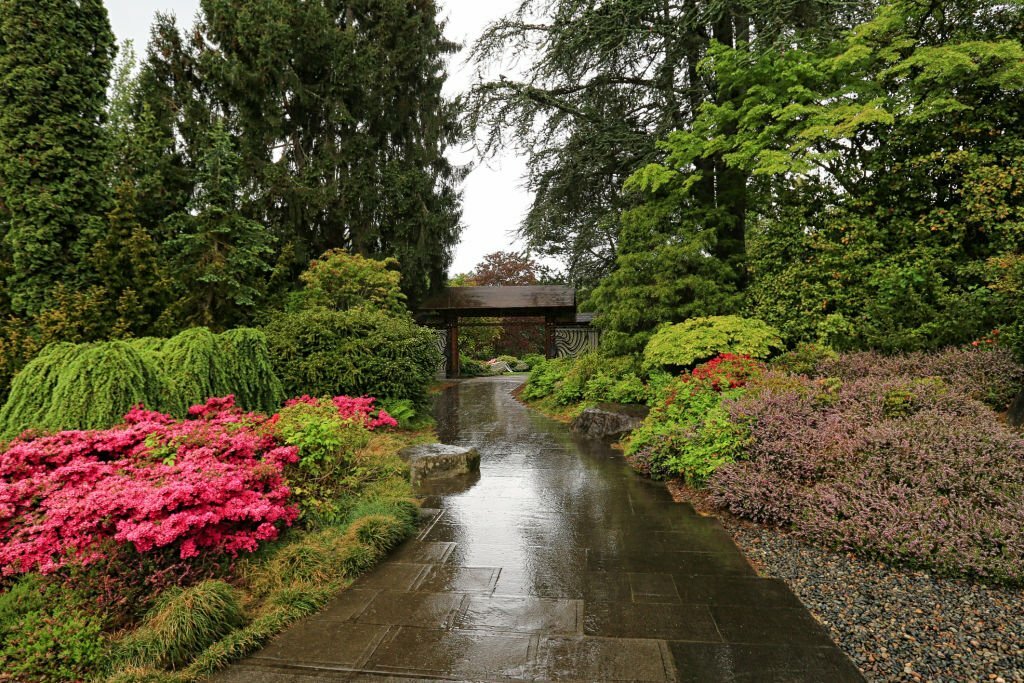Rain gardens have become increasingly popular in Seattle as a way to manage stormwater and improve the environment. A rain garden is a shallow depression filled with plants and soils that collect and filter rainwater from hard surfaces like roofs, driveways, and sidewalks.
In Seattle, rain gardens serve an important role in managing stormwater runoff and reducing the amount of pollutants that enter the city’s waterways. The city has been encouraging residents and businesses to install rain gardens on their property as part of a larger effort to improve water quality and reduce the risk of combined sewer overflows.
In addition to their environmental benefits, rain gardens can also provide aesthetic and functional improvements to property. They can be designed to include a variety of native plants that provide habitat for wildlife and contribute to the overall beauty of the area.
The installation of a rain garden can be a simple process, but it is important to consult with a professional to determine the best location, design, and plants for your specific site. The city of Seattle offers resources and support for residents and businesses interested in installing a rain garden, including financial incentives and technical assistance.
Overall, rain gardens are an important tool for managing stormwater and improving the health of Seattle’s waterways. By capturing and filtering stormwater, they can help prevent pollution and protect the city’s natural resources for future generations.
